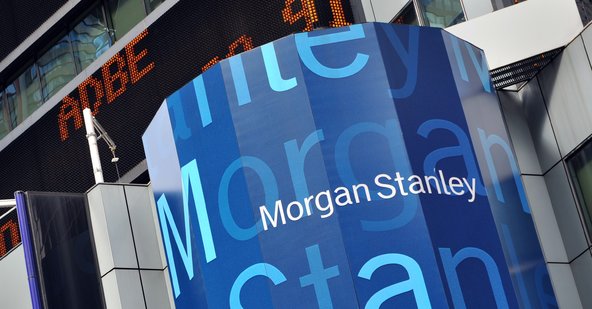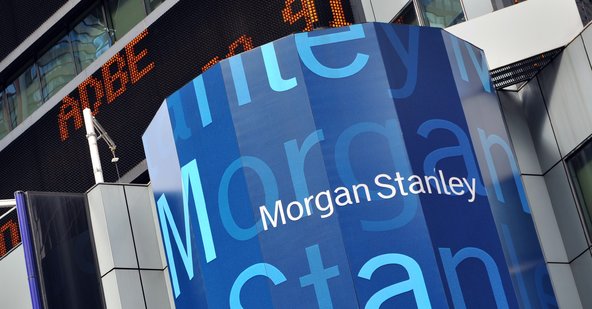President Obama suggested late Monday that he was likely to nominate a new Fed chairman this year, saying that Mr. Bernanke had “already stayed a lot longer than he wanted or he was supposed to.” Mr. Obama added that Mr. Bernanke, whose second four-year term in office ends in January, has done an “outstanding job.”
The comments bounced around Washington on Tuesday even as Mr. Bernanke convened a regularly scheduled meeting of the Fed’s policy-making committee to debate how much longer the Fed will continue its current efforts to stimulate the economy. The Fed is not expected to announce any immediate changes on Wednesday, at the close of the meeting, but investors are watching for signs that the Fed is considering scaling back later this year.
The central bank is buying $85 billion a month in mortgage-backed securities and Treasury securities, in addition to holding short-term interest rates near zero. Both measures are intended to encourage job creation by easing financial conditions, and the Fed pledged to press the campaign until it saw “sustained improvement” in the outlook for the labor market.
But that message has been muddled recently by conflicting pronouncements about the duration of the asset purchases from several of the 19 Fed officials who help make policy. Mr. Bernanke contributed to the confusion by telling Congress last month that the Fed might begin to reduce the pace of its purchases this year — but might not — while avoiding any clear account of how the central bank would make such a decision.
Uncertainty about the Fed’s plans and its leadership has focused attention on the news conference that Mr. Bernanke plans to hold on Wednesday afternoon after the Federal Open Market Committee releases a policy statement. The Fed also will release economic projections by the 19 officials, which could help to explain the apparent momentum toward doing less by showing how quickly they expect the economy to grow and unemployment to decline.
“Federal Reserve officials believe that clear communication about policy intentions can help manage market expectations and so increase the effectiveness of monetary policy,” Kevin Logan, chief United States economist at HSBC, wrote to clients on Monday. “Lately, however, the policy makers appear to have muddled the message and so have created confusion rather than clarity on the policy outlook.” The news conference, he said, is a chance “to clarify.”
The confusion is costly. A recent survey of the 21 companies authorized to trade securities with the Federal Reserve Bank of New York, a list that includes most of the nation’s largest financial companies, found widespread agreement that uncertainty about the Fed’s plans was effectively tightening financial conditions. Interest rates on 10-year Treasuries, a benchmark for the Fed’s efforts to reduce borrowing costs, rose to 2.20 percent on Tuesday from a low of 1.66 percent at the start of May.
Some analysts argue that the Fed still intends to press ahead with asset purchases at least through the end of the year. They note that Mr. Bernanke has allowed dissenters to command the public stage even as they exercise relatively little influence over the course of Fed policy. Some also see the cacophony as an intentional damper on the ebullience of investors, carving out time for the benefits of low interest rates to spread through the economy.
The unemployment rate has fallen only slightly since the Fed began its latest round of bond buying, to 7.6 percent in May from 7.8 percent in September. And even that decline happened mostly because people stopped looking for work. The share of American adults with jobs has not increased in three years. The Fed’s preferred measure of inflation has sagged to 1.05 percent, the lowest level in more than 50 years and markedly below the 2 percent annual pace the Fed considers healthy.
“In our view it would be risky to deliver a hawkish monetary policy message at a time when growth remains sluggish, inflation continues to trend down and market inflation expectations are dropping sharply,” Goldman Sachs economists wrote in a note to clients last week.
Other analysts, however, see mounting evidence that Mr. Bernanke and his allies would like to buy fewer bonds, although most still do not expect the Fed to reduce the pace of its asset purchases before September at the earliest. Fed officials have described the asset purchases as an experiment with uncertain consequences, particularly the potential disruption of financial markets, and warned that those risks might increase with the size of the Fed’s holdings.
While the pace of growth has increased only modestly, the worst-case possibility, in which mismanaged fiscal policy sends the economy sliding back into recession, has faded. “The asset purchases may have been simply insurance against a fiscal disaster that did not materialize,” wrote Tim Duy, an economist at the University of Oregon.
Moreover, some Fed officials have concluded that large job gains are beyond reach. Economists at the Federal Reserve Bank of Cleveland wrote recently that the Fed should be satisfied if the economy adds 150,000 jobs a month — well below the monthly average of 176,000 so far this year. Economists at the Federal Reserve Bank of Chicago set the bar even lower, at 80,000 jobs a month. Both estimates are based on the assumption that many of the people who stopped looking for work in recent years will never return, allowing the unemployment rate to return closer to its normal levels during an economic expansion even without a rebound in employment.
Some of these decisions will most likely be made after Mr. Bernanke leaves office. Mr. Obama, in an interview with the journalist Charlie Rose on PBS, avoided answering a direct question about reappointing Mr. Bernanke. He said instead that Mr. Bernanke “has been an outstanding partner along with the White House, in helping us recover much stronger than, for example, our European partners, from what could have been an economic crisis of epic proportions.”
The interview, taken together with earlier comments by Mr. Bernanke, reinforces a growing expectation that the administration plans to nominate a new Fed chairman this year. The position requires Senate confirmation. Only three people have held the Fed chairmanship in the last 30 years, and the Obama administration has an opportunity to put a Democrat atop the central bank for the first time since the resignation of Paul Volcker in the late 1980s.
Janet L. Yellen, the Fed’s vice chairwoman, is widely regarded as a leading candidate. She would become the first woman to head the Fed or any other major central bank. Other possible candidates include Timothy F. Geithner and Lawrence H. Summers, both former Obama advisers, and Roger W. Ferguson Jr., a former Fed vice chairman.

Article source: http://www.nytimes.com/2013/06/19/business/economy/uncertainty-at-fed-over-its-stimulus-plans-and-its-leadership.html?partner=rss&emc=rss

